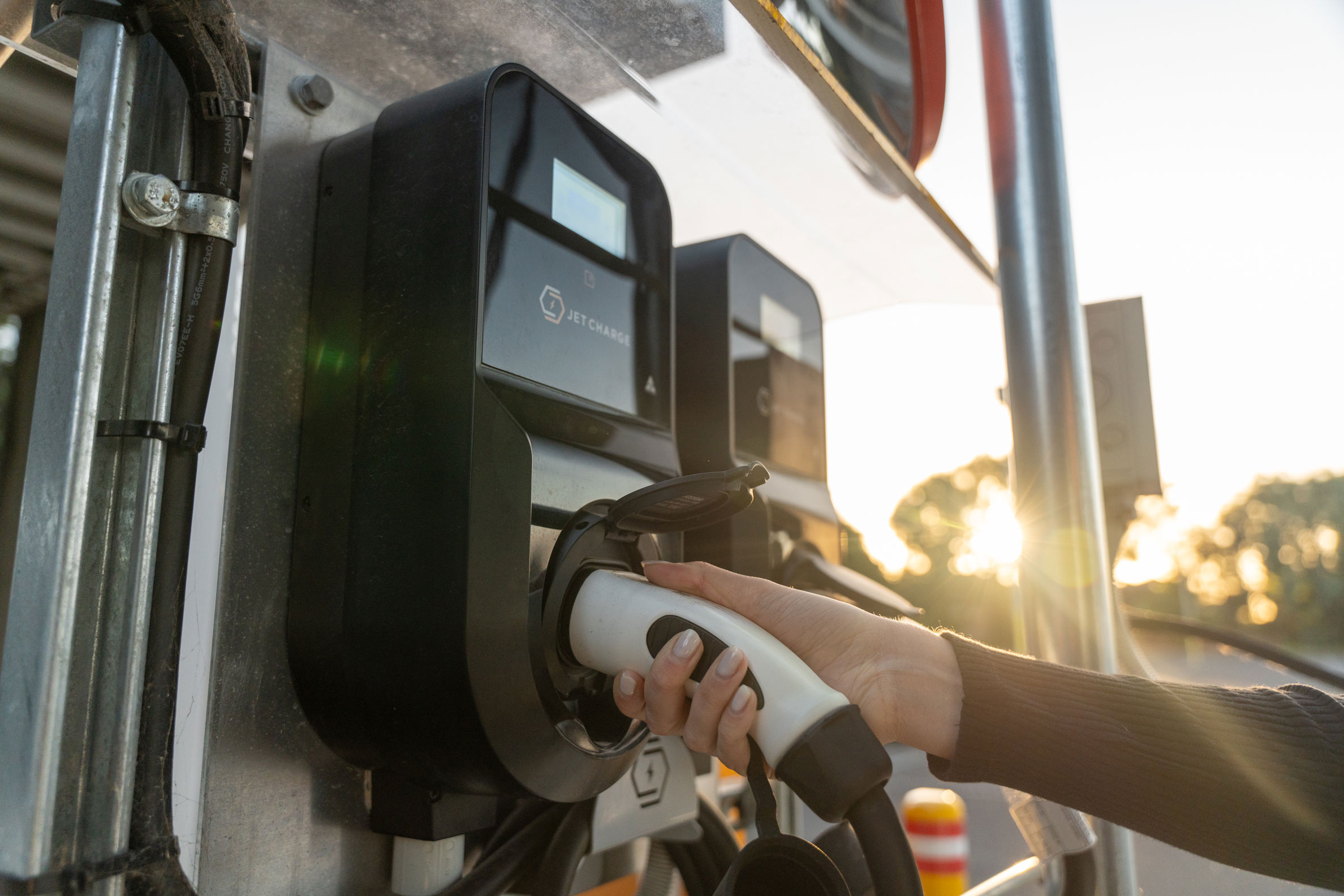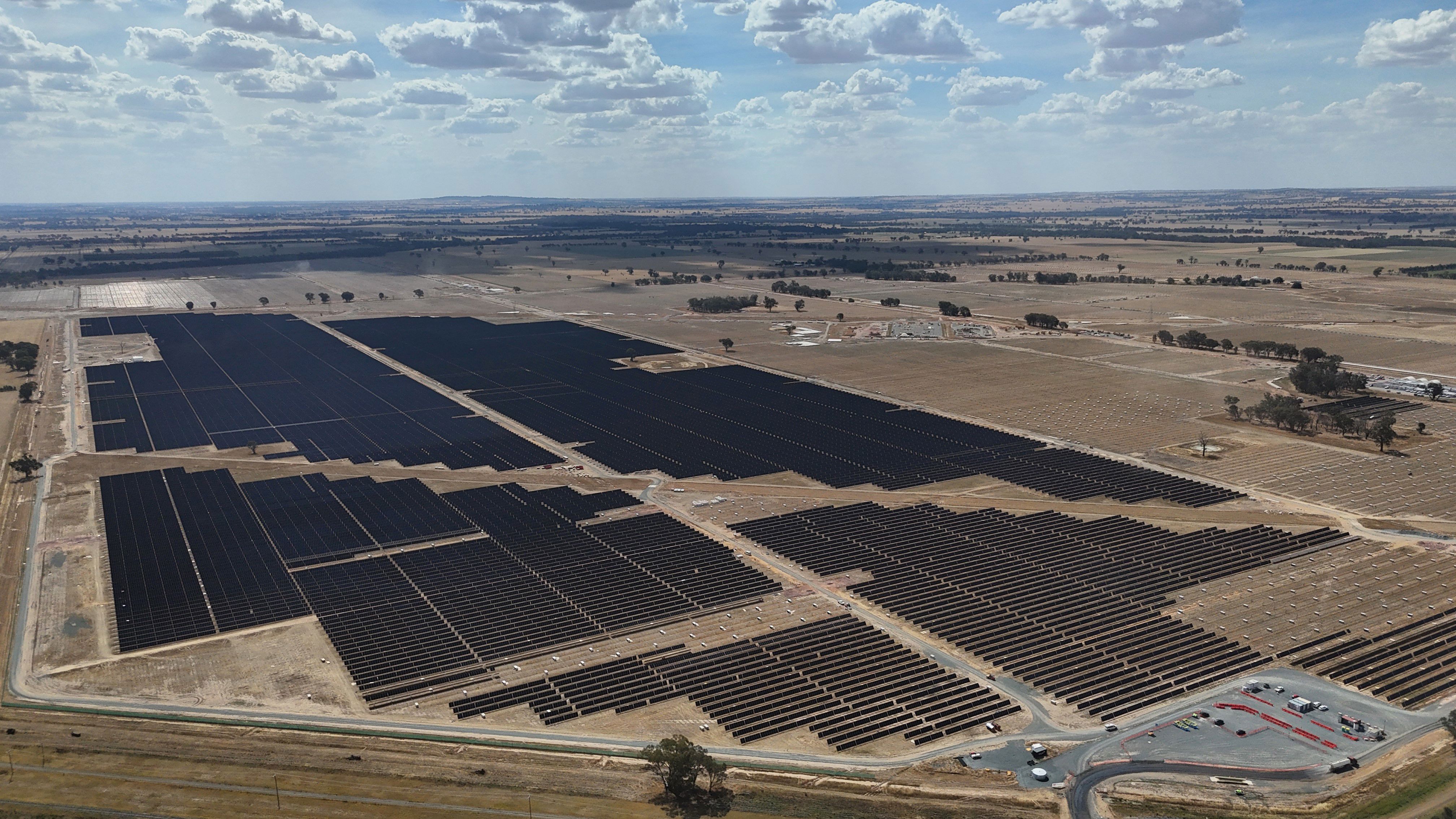CEFC invests to electrify Australia’s rideshare sector with Splend

1 August 2024
A further $20 million commitment of CEFC capital into rideshare rental player Splend will build on the success of an initial investment that has helped electrify its fleet, accelerating the transition towards electric vehicles (EVs) and away from internal combustion engine vehicles (ICEs).
The initial CEFC investment of $20 million in 2023 boosted the number of EVs in the Splend fleet by some 500 cars in less than six months. The further commitment takes the total CEFC investment in Splend to $40 million.
Splend is Australia’s leading provider of vehicles to the national rideshare fleet. It has now increased the number of battery electric vehicles by almost 150 percent in the nine months to March 2024.
This isn't just about business; it’s about driving real change for our planet and setting a new standard for urban mobility. We are delighted to work alongside the CEFC to reach these goals.Chris KingSplend CEO
Rideshare drivers will be able to take up an EV through Splend’s flexible “Flexi Own” all inclusive subscription plan that provides a path to ownershipover a five-year period, or take up a short-term rental contract. Splend estimates that fulltime drivers could earn about $200 a week net more driving an EV, than those driving ICE vehicles.
CEFC CEO Ian Learmonth said: “The outstanding success of deployment under our initial Splend investment demonstrates strong demand for EVs among rideshare drivers and their customers. It is also a great opportunity to drive further emissions reduction in the hard-to-abate transport sector. We’re pleased to continue to back Splend in their ambitious approach to reducing emissions – an urgent imperative to work towards our national net zero goals.
“Rideshare vehicles are heavily used compared to passenger vehicles – Splend estimates that their drivers travel on average around 1,000 km per week. By shifting the composition of the rideshare fleets towards EVs, rideshare drivers and customers can do their part to reduce emissions and create healthier, cleaner roads to drive on.”
Splend CEO Chris King said: "This investment supercharges our mission to revolutionise the way people own and operate EVs, starting with rideshare. We're growing our EV fleet and accelerating Australia's transition to sustainable transport. By 2024, we'll double our EVs on the road. And by 2028, we're going all-in on electric and aiming to support the transition of at least 25% of all rideshare vehicles to EV.
“This isn't just about business; it’s about driving real change for our planet and setting a new standard for urban mobility. We are delighted to work alongside the CEFC to reach these goals."
CEFC Executive Director and Head of Debt Markets, Richard Lovell said: “The rideshare sector is a growing part of the transport sector and given the frequency with which rideshare cars are used, it represents a significant source of potential emissions reduction. It’s estimated that EVs now account for around one percent of the total light vehicle fleet in Australia1, so there is clearly scope to further electrify this important segment of the transport sector.
“Getting more EVs onto our roads with rideshare drivers brings the added advantages of further driving demand infrastructure for EV charging, and has the potential to expand the second hand EV market through sales to private drivers.”
The transport sector is the third largest source of Australia’s greenhouse gas emissions, and accounted for 22.5 percent of national emissions in 20232.
Uber estimates that electrifying a rideshare vehicle amounts to an emissions savings three to four times greater than that of a privately owned vehicle3. According to industry estimates, EV drivers can save up to 70 per cent on fuel and 40 per cent on maintenance costs compared to those driving ICE vehicles. A typical car travelling 13,700 km a year would save an average of $1000, and up to $1200 if the vehicle charges overnight on an off peak electricity tariff rate.4
Australian passenger vehicles travel an average of 11,100 kilometres a year5 while Splend estimates that a fulltime rideshare driver can average up to 60,000 kilometres annually, meaning the electrification of the rideshare market represents a significant emissions reduction impact compared to privately held vehicles.
From 1 January 2025, Australia will adopt new vehicle efficiency standards for vehicles to incentivise the supply of a greater number of fuel efficient, low and zero emission vehicles6.
About Splend
Launched in 2015, Splend is a tech-enabled financing platform that provides all-inclusive vehicle ownership products targeted at on-demand rideshare drivers. Our turn-key solution takes the admin work out of the equation for drivers while providing a flexible and affordable alternative to traditional vehicle finance. We're fast-tracking our transition into green mobility, reducing our carbon footprint by transitioning to electric and hybrid vehicles globally. We've helped thousands of customers across Australia and the UK.
1 Electric Vehicle Council, Australian Electric Vehicle Industry Recap, p5.
2 Australian Government, Department of Climate Change, Energy, the Environment and Water,Quarterly update of Australia’s National Greenhouse gas Inventory, December 2023. p17.
3 Uber estimate. Uber and Splend partner for reducing emissions in Australia
4 NSW Government, Cost of electric cars
5 Australian Bureau of Statistics,Survey of Motor Vehicle Use, Australia, 2020.
6 Australian Government, Department of Infrastructure, Transport, Regional Development, Communication and the Arts, New Vehicle Efficiency Standard.




